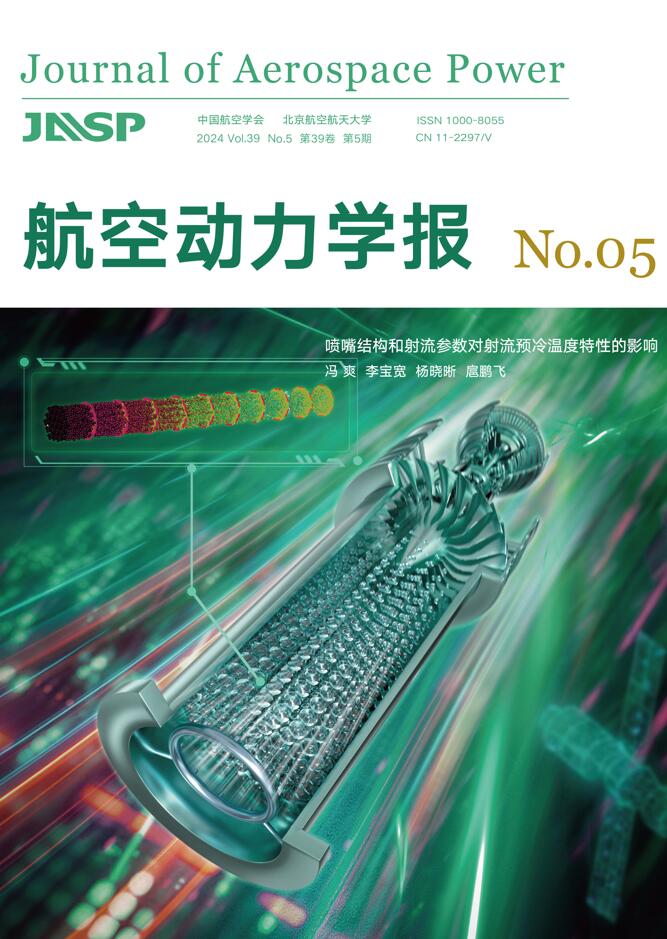To investigate the effect of the cavity combustor on the propagation modes of rotating detonation waves and propulsion performance, experimental study was performed in a laboratory-scale rotating detonation combustor utilizing different combustor configurations including a cavity combustor, two annular combustors with the combustor width of 19 mm and 15 mm, respectively. Ethylene and oxygen-enriched air was used as propellants. The mass flow rate of oxidizer varied from 50 g/s to 200 g/s and the equivalence ratio was fixed at 0.8. The experiments have been conducted in the combustor with and without installing the aerospike nozzles, respectively. For the combustor without installing the nozzle, the dual-wave collision mode and the single detonation mode were obtained and the mass flow rate ranges of different modes were identical for different combustors. For the cavity combustor, the propagation velocity was faster than the values measured from the annular combustors, especially at lower mass flow rate. This phenomenon indicated that more homogeneous mixtures were produced and lower velocity deficit were obtained in the cavity combustor. As the combustors installing with the aerospike nozzles, different propagation modes were observed, including deflagration mode, dual-wave collision, quad-wave collision, single detonation mode and dual wave mode. The stable co-rotating detonations were easily obtained with a wide range of mass flow rate in the cavity combustor, while the detonation counter-rotating detonations were easily acquired at the same operation conditions. Finally, it was found that specific impulse calculated from the cavity combustor decreased by 10% compared with the annular combustor of width 15 mm, and by 7% compared with the annular one of width 19 mm, respectively. In summary, the cavity combustor was beneficial for promoting the stability and reducing the velocity deficit of rotating detonations, but this configuration was adverse for the propulsion performance.







